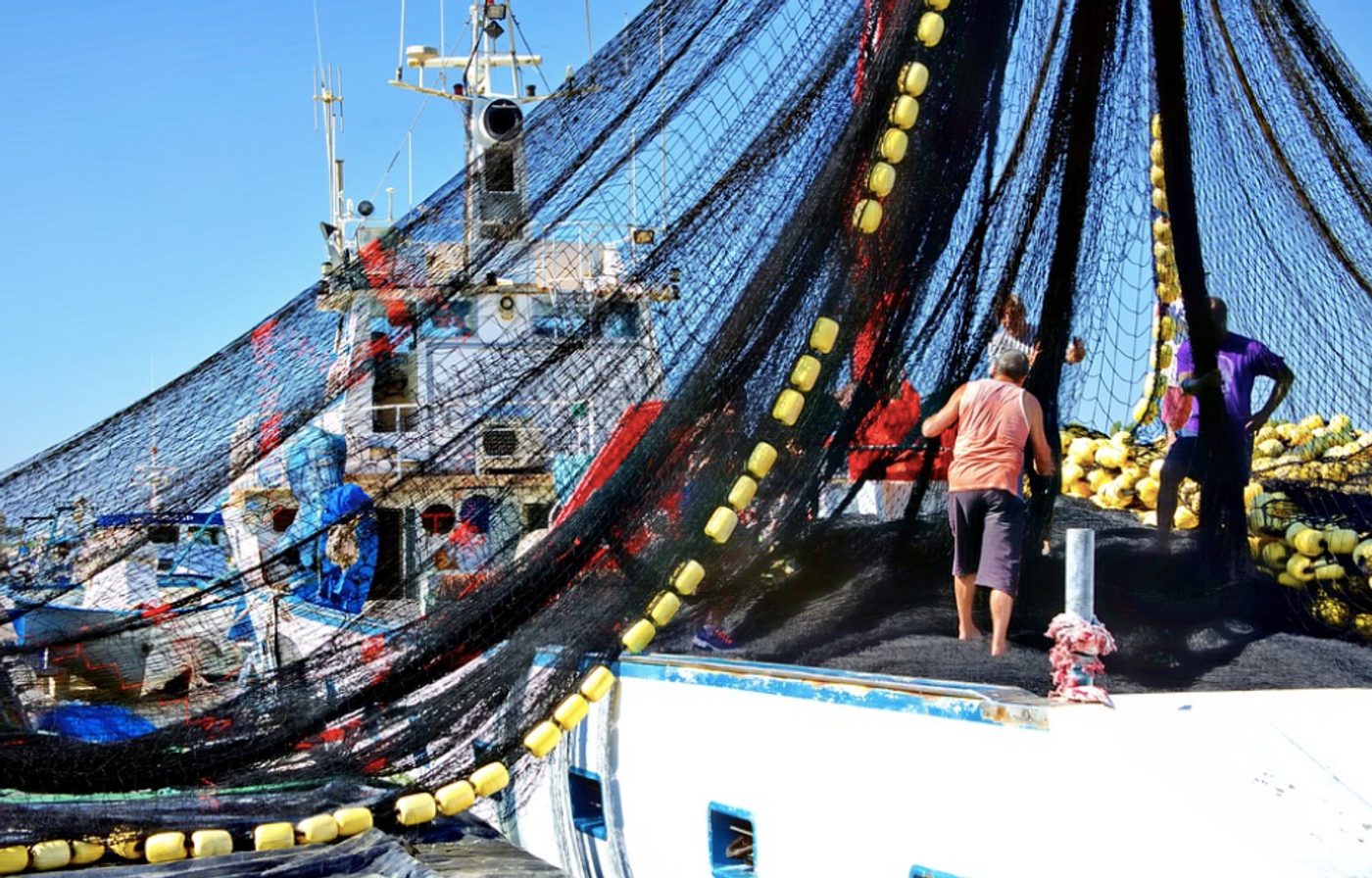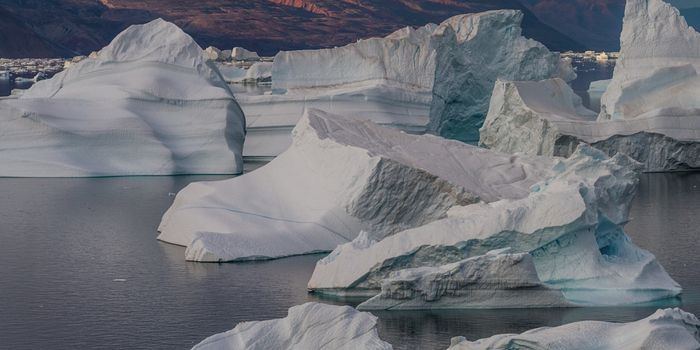A Huge Source of Carbon That Goes Unaccounted For
New research has determined that a type of fishing known as bottom trawling is a major and unaccounted for source of carbon emissions. This method involves simply dragging a massive net along the floor of the ocean, and picking up whatever it comes across. Huge amounts of carbon that sit in seafloor sediments are released by trawling, and some of that carbon reaches the atmosphere, where it is a major contributor to climate change.
The findings have been reported in the journal Frontiers in Marine Science. This research has shown that about 60 percent of the carbon that is released by trawling will end up in the atmosphere within a decade. There is also a significant amount of carbon that is churned up by trawling, but which remains in the ocean, causing increasing acidification where the trawling occurs. That acidity can seriously harm the habitat and disrupt local plant and marine life.
Trawling is estimated to release double the amount of carbon that is released by the entire fishing fleet of the world, roughly 4 million vessels. Some of the nets used in trawling are as big as ten 747 jets, noted Dr. Trisha Atwood of Utah State University and National Geographic Pristine Seas. This activity destroys the local marine life, and recent research has also shown that plumes of carbon are also emitted in the process.
That carbon would have remained stored in the ocean for millennia without trawling to disturb it. "Our study is the very first to show that over half the carbon released by bottom trawling eventually escapes into the atmosphere as carbon dioxide over the span of about ten years, contributing to global warming. Much like destroying forests, scraping up the seafloor causes irreparable harm to the climate, society and wildlife," said Atwood.
"There are more issues with bottom trawling than just the impacts from carbon: biodiversity and sustainability for instance," said Gavin A. Schmidt, the Director of the NASA Goddard Institute for Space Studies. "But this marine deforestation is large enough to be noted and assessed. Hopefully, this can lead to policy efforts that can try to maximize benefits across all of the impacts."
Recent research reported in Nature has also shown that public monitoring systems do not track activity by many industrial fishing vessels. In this study, researchers used computational tools and satellite data to create a worldwide map of large fishing vessel traffic and infrastructure that sits offshore. Optical imagery and GPS data from 2017 to 2021 was used to find vessels that were not broadcasting their locations. Machine learning was then applied to determine which of the vessels were most likely to be fishing.
This work suggested that roughly 75 percent of all industrial fishing vessels are not tracked publicly. The energy consumption from about one-quarter of transport and energy vessels is also not found in public tracking systems.
These so-called "dark fleets," can pose significant challenges to efforts to conserve and manage natural resources. Many dark fishing vessels were found inside protected marine areas, and there was a significant amount of activity around countries that have previously shown very little fishing activity in public databases.
Sources: Nature, National Geographic Pristine Seas, Frontiers in Marine Science









